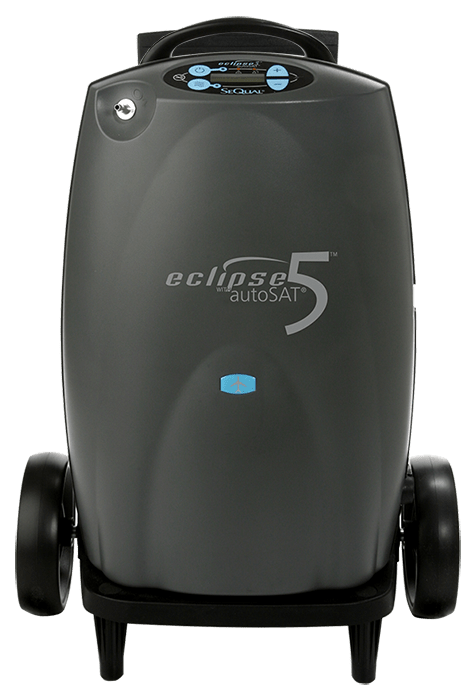
Identity theft can be devastating, especially for seniors who are often targeted and may be managing fixed incomes, Social Security benefits, or health care-related accounts. While scams are growing more sophisticated, there are practical, straightforward steps anyone can take to reduce the risk of becoming a victim. Some of these involve common-sense habits, while others may require a small investment, but together, they create a strong defense against identity theft. Here are a few tips to prevent identity theft.
Use strong, unique passwords for each account
One of the easiest ways to protect your identity online is to use strong, unique passwords for every account you have. When passwords are reused across multiple websites, a breach on one platform can make all accounts with the same password vulnerable. A strong password typically includes a mix of letters, numbers, and symbols and avoids common words or easily guessable information like birthdates.
For many seniors, keeping track of dozens of unique passwords may feel overwhelming, which is why using a reputable password manager can be a game-changer. These tools securely store your passwords and can even generate strong passwords for new accounts. With just one master password, you can access all your login information while keeping hackers at bay. There are both stand-alone password managers, like NordPass, and password managers bundled with certain identity protection services, like Aura.
Don’t allow shared devices to save your login info
It can be tempting to save login credentials when a website or app offers to remember them for you, but this convenience can come at a cost, especially on shared or public devices. If you use a family member’s tablet, a library or community center computer, or even a borrowed smartphone, allowing the device to remember your username and password may give future users unintended access to your private information.
To stay safe, only allow devices that you personally own and control to remember your login details. Always log out of accounts when you’re finished using them, particularly if you’re on a device that others might use after you.
Be cautious of phishing emails and scam calls
Phishing scams, where fraudsters impersonate legitimate organizations to steal your personal information, are becoming increasingly common. Seniors are often targeted with messages that appear to come from trusted sources like Medicare, the IRS, or Social Security. These messages may urge you to “verify” your personal information or warn of account issues that require immediate action.
If you receive an unexpected email, text, or phone call asking for sensitive details, pause before responding. Never click on suspicious links or share your Social Security number, bank account information, or passwords. When in doubt, hang up and call the organization’s official number to confirm whether the communication was legitimate.
Freeze your credit when not actively applying for loans
A credit freeze is a simple, no-cost step that can help prevent identity thieves from opening new accounts in your name. When your credit is frozen, lenders can’t access your credit report, which means fraudsters will be unable to get approved for credit cards, loans, or other lines of credit using your identity.
Placing a credit freeze with each of the three major credit bureaus (Experian, Equifax, and TransUnion) is easy and reversible. You can unfreeze your credit temporarily when needed if, for example, you’re applying for a loan or opening a new account and then refreeze it afterward. This proactive step is especially helpful for seniors who may not anticipate taking out new credit and want added peace of mind.
Shred sensitive documents before disposal
Even in the digital age, old-fashioned mail theft and dumpster diving remain effective tactics for identity thieves. Items like bank statements, credit card offers, medical bills, and tax documents can provide enough information to commit fraud if thrown away intact.
To protect yourself, shred any paperwork that contains personal or financial information before disposing of it. A micro-cut shredder is more secure than a basic strip-cut model and can usually be found at office supply stores or online at a reasonable price. Alternatively, some communities and financial institutions offer free shredding events throughout the year, giving you a safe way to dispose of documents in bulk.
Use a privacy screen on smartphones and tablets
As mobile devices have become an essential part of everyday life, so too has the risk of people around you peeking at sensitive information on your screen. Whether you’re checking bank balances, reading emails, or accessing health information, doing so in public can expose you to “shoulder surfing,” a tactic where someone nearby observes your screen to steal private data.
A privacy screen protector helps combat this issue by limiting the viewing angle of your device. When applied to your smartphone or tablet, the screen appears dark or black to anyone not directly in front of it. This low-cost accessory is especially useful in places like airports, waiting rooms, and public transportation, where strangers may be seated close enough to catch a glimpse of your screen without you even noticing.
Limit personal information shared on social media
Social media can be a wonderful way to stay connected with friends and family, but it’s also a goldmine for scammers seeking personal details. Many people unknowingly share information that could help a fraudster guess passwords or answer account security questions, like your full birthdate, pet’s name, or the town you grew up in.
Seniors should take care to limit what they post publicly and regularly review privacy settings on platforms like Facebook and Instagram. Even seemingly harmless updates, like announcing a vacation, can let criminals know when your home might be unoccupied. When in doubt, keep personal updates private or only share them with close friends and family. Also make sure to set all accounts to private so only people on your approved friends list can see what you post.
Regularly review your bank and credit card statements
One of the best ways to detect identity theft early is by routinely checking your financial accounts for suspicious activity. A small, unexplained charge can be a warning sign that someone has gained unauthorized access to your credit card or bank account. The sooner you notice, the quicker you can report the fraud and limit the damage.
Make it a habit to review your statements at least once a month, or weekly if possible. Many banks also offer mobile apps and text alerts that notify you of unusual activity in real time. If you see something that doesn’t look right, contact your financial institution immediately to report it and freeze or cancel the card if necessary.
Subscribe to an identity theft protection service
For seniors looking for a more comprehensive layer of defense, an identity theft protection service, like IdentityForce, Aura, or Zander Insurance, can provide ongoing monitoring and support. These services often include credit report tracking, dark web surveillance, alerts for suspicious activity, and even dedicated help if your identity is compromised. Some providers also offer features like lost wallet assistance, Social Security number monitoring, and insurance that covers expenses related to restoring your identity.
While there is a monthly or annual cost associated with these subscriptions, many find the added peace of mind to be well worth the investment, especially for those who prefer not to track these items manually. If you’re interested in an identity theft protection service, check out our buyer’s guide to help you decide which features will benefit you best.
Monitor your mail and sign up for Informed Delivery
Physical mail remains a frequent target for identity thieves. Bank statements, insurance documents, and government correspondence can contain sensitive information that fraudsters are eager to get their hands on. If someone intercepts your mail, they might be able to open new accounts or file fraudulent tax returns in your name.
To stay ahead of this, consider signing up for the U.S. Postal Service’s Informed Delivery service, which emails you a daily preview of what’s arriving in your mailbox. That way, if something expected doesn’t show up, you’ll know to follow up right away. Also, whenever possible, use a locked mailbox or a secure location to collect your mail, and avoid letting it pile up while you’re away.
Wrapping it up: Tips to prevent identity theft
Protecting your identity doesn’t always require fancy equipment or expensive software. It starts with a few smart habits, like managing your passwords, reviewing your statements, and being mindful of what you share online. Paired with helpful tools like privacy screens, credit freezes, and identity theft protection services, these actions can go a long way in safeguarding your personal information. Whether you’re taking your first step or strengthening an existing routine, now is the perfect time to prioritize identity protection with these tips to prevent identity theft.








